A pagan holiday, or an American marketing strategy? People love it nevertheless.
Many believe that Halloween is outdated in todays world, an excuse for meaningless celebration; whereas others may perceive it as just another reason why parents have to empty their pockets for their children.
But the holiday has deep roots in the United Kingdom, Ireland, as well as northern France.
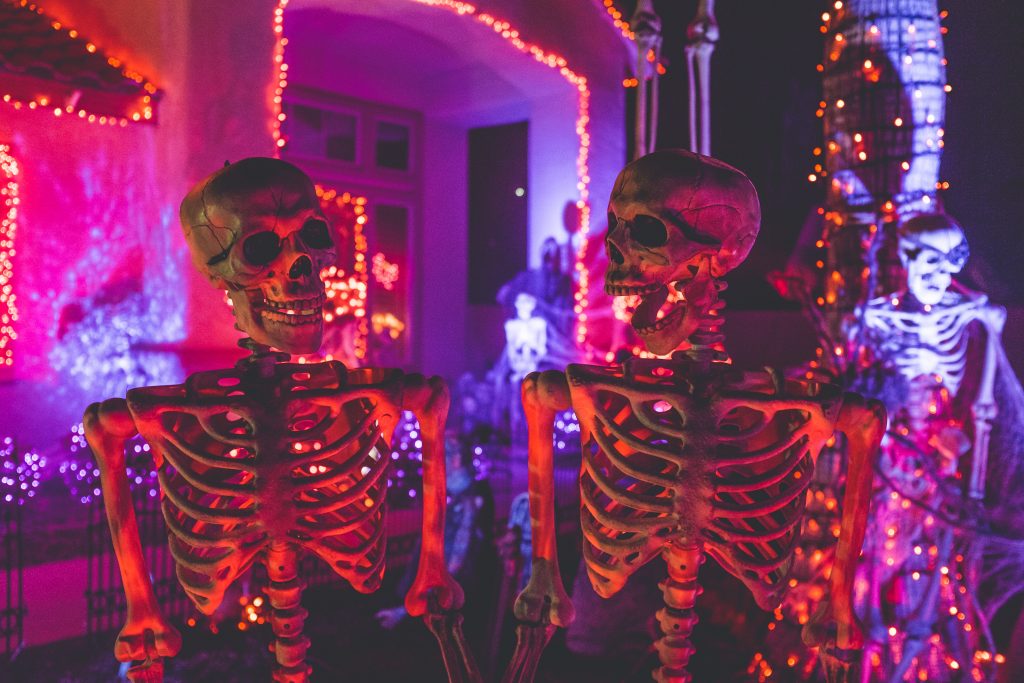
The festivity began as a Celtic religious festival, named Samhain, in which celebrants believed that barriers between the physical world and the spirit world would break down, allowing for both realms to communicate with each other for the day. Spooky!
During this time, the Celts believed said spirits came to cause ‘havoc’ by damaging crops and disturbing the peace of ordinary people. In addition, celebrants thought that this temporary communication would enable druids, also known as Celtic priests, to practice foresight; wearing animal tissue and heads were believed to improve these forecasts.
Eventually, the holiday was adopted by America in the 19th century, mostly through Irish immigrants, who brought along the traditions with their travels.
For many decades, 31st October has held an important meaning for many, but it wasn’t for the trick-or-treating that we know today. Here is a list of Halloween traditions and their dark origins:
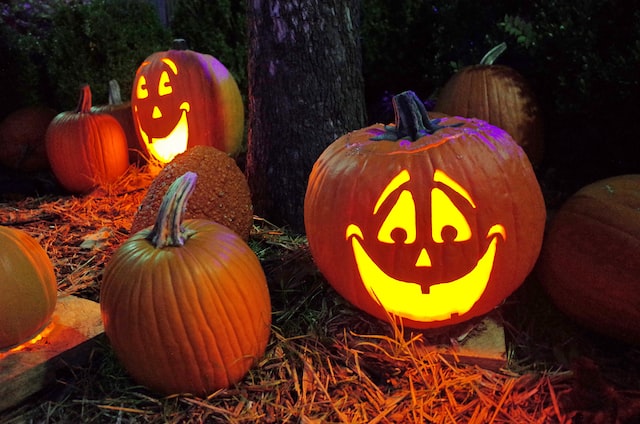
Pumpkin carving – Betraying the devil?
The deal with carving pumpkins and turning them into ‘Jack O Lanterns’ is the most popular Halloween tradition, which represents the festivity as a whole.
The tradition began as an Irish myth centred around a man named ‘Stingy Jack’ , who tricked the devil. The legend describes the devil who asked Jack to have a drink with him, however true to his name, Jack refused to pay and asked the devil to turn himself into a coin to use.
However, he ended up keeping the money in his pocket next to a silver cross, preventing the devil from turning back into his original form.
Although Stingy Jack eventually freed the Devil under several conditions, including that his soul would not be claimed should he have died, Jack decided to trick the devil for a second time.
Soon as Jack died, God refused to accept him into heaven, as a consequence of his unforgivable actions. But the Devil could not claim Stingy Jack either, due to their previous agreement, and decided to send him into the dark night with only a burning coal to light his path.
Jack’s idea was to place the coal into a carved-out turnip and it allegedly has been wandering Earth ever since.

Apple Dunking to unite soulmates
Apple bobbing is now acknowledged to be a fun, childlike game, present at most Halloween parties. The game involves a bunch of apples being thrown into a basin of water, while children compete against one another with the goal of catching an apple using their teeth.
On the contrary, this was practiced as a courting ritual which would bring lovers together and had ties to fortune telling as it would symbolise abundance, fertility, and others even went as far as to believe that it was connected to immortality.
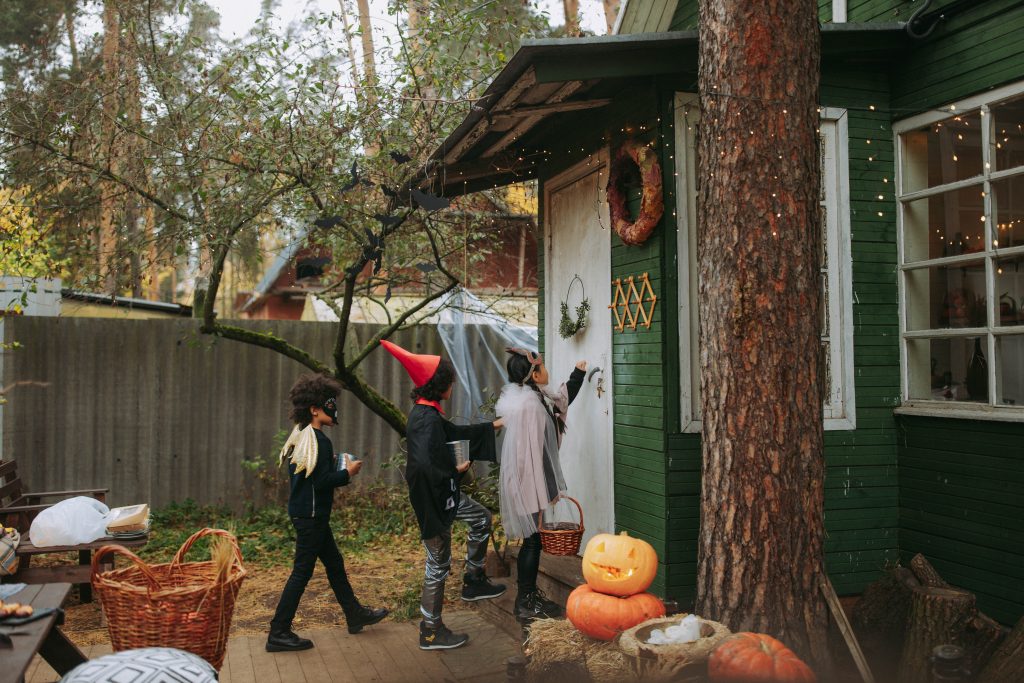
Scare away bad spirits with a spooky costume
Nowadays children fill the streets, wearing their scariest costumes alongside their friends, knocking from door to door, in hopes of neighbours filling their bags with various sweets.
What may come as a surprise is that this practice originates from one of the traditions practised during Samhain by its celebrants, and was viewed as a superstition. Celts would roam the outdoors wearing animal skin while making loud noises in attempts to shoo away any spirits with ill intent.
Whereas the trick-or-treating aspect was similarly introduced as an act of protection and keeping spirits away. It was believed that ghosts would disguise themselves as beggars in an effort to collect various commodities including food and money.
Ancient folk thought the rejection of such requests could result in being cursed, and therefore would have no choice but to accept these pleas. Additionally, during dinner, plates of food were situated outside of homes by the doorway in order to satisfy spirits who planned on ‘playing tricks’ with families.
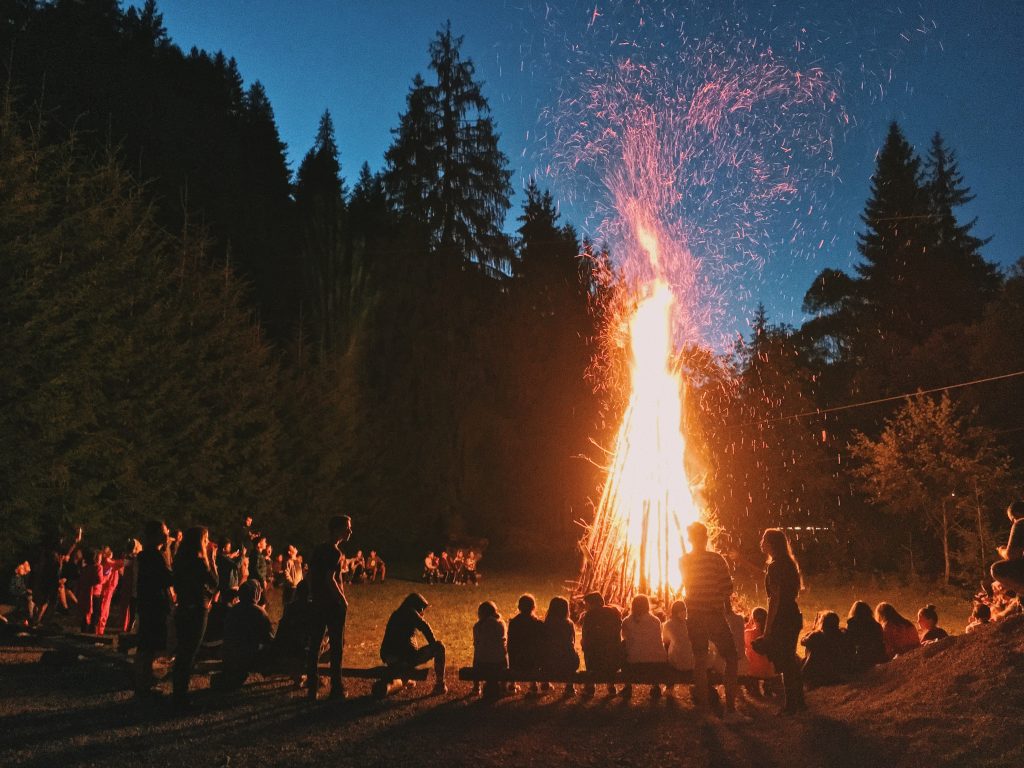
Lighting bonfires predicts death
Another beloved Halloween tradition is lighting a bonfire whilst friends and families gather around it in a circle and engage in a competition of sharing spooky stories.
In ancient English culture, this was not so much considered to be a quality time activity, but a more serious, future-determining ritual. Folk would often throw stones into the ash as a way to predict the next death; the following day they would observe whether the ash was still visible, which would convince Celts that the person responsible for throwing the stone, would certainly pass away within the next year.
Words: Andreea Bejan | Subbing: Dafni Belcheva, Istvan Botond Beres

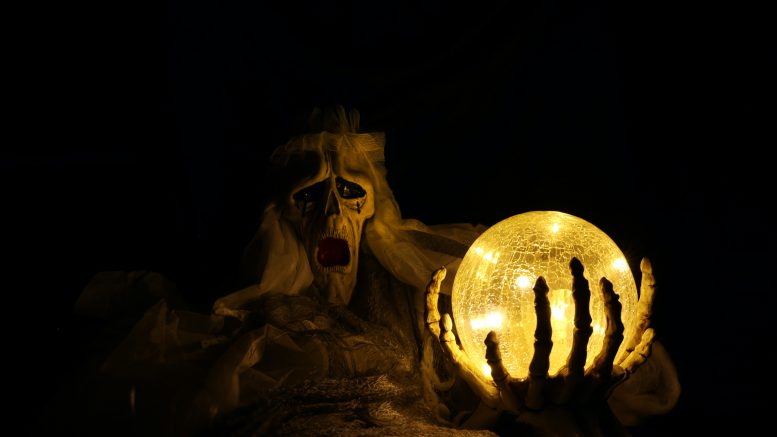
Be the first to comment on "Where do Halloween traditions actually come from?"